Did you know that most Milkweed seeds and many other perennial plants need a period of cold stratification in order to germinate?
In using the Outdoor Methods, it is best to plant your seeds after the first frost. I live in Nebraska where the first average frost happens around October 5th. (click here to find out when your average first frost is). I am planting Common Milkweed (Ascepias syriaca) because it is the most common species of Milkweed growing in my area and I know it needs a cold stratification period. The "Fall Planting Method"Fall planting is a traditional method of cold stratification. The best time to plant Milkweed seeds in the Fall when the first frosts start to occur. I recommend planting them directly in the ground, however you can plant them in pots with some additional attention. 1. Choose an area where you want to grow your Milkweed plants. Make sure it has proper sunlight and is in a slightly protected area. If planting in pots, make sure they are protected (i.e. against the side of a building or next to straw bales). Make sure the pots are not in the drip-line of the building so that they could potentially fill with water and then freeze. However, snow-melt is an important part of the process so do allow snow to cover the pot. 2. Sprinkle the seeds on the soil and mulch with a couple inches of straw or leaves. Note: Do not pack the mulch down as it is important to have a bit of air flow to deter mold and fungus from growing. 3. Sprinkle water over the seed bed if soil is dry. 4. Mark the area so you don't forget where you planted. 5. Be patient. They will not germinate and start sprouting until Spring and sprouting will not occur all at the same time as with most cultivated varieties of plants. These are wild plants that will have more genetic variation and will be more likely to survive once they have become established. The "Winter Planting Method"This method is also called "Snow Planting". It is an easy, fun method that should spark the interest of children and adults alike! During the winter after a heavy snow, broadcast your seeds out on the snow. Believe it or not, many of them will come up in the spring! The moisture will soften their seed coats and essentially wake them up. Make sure it is in an area that you want the plants to grow and will have plenty of sunlight in the Spring and Summer. Have fun!Have fun experimenting with different methods of cold stratification. You can even plant a small batch of Milkweed seeds in the Fall, Winter and Spring! Why not? Each time you will learn something new and know what works best for your area next time. Don't give up and record your findings! Stay tuned...I have just covered how to sow Milkweed in the Fall and Winter in this blog. If you want to opt for the Spring planting stay tuned for Part 2 of the Cold Stratification 101. In the meantime, keep you Milkweed seeds in a dry, aerated envelope and store in a dark place for the Winter. If I plant in the Spring, I generally start the Cold/Moist treatment for Milkweeds 30-60 days before the last average frost in my area.
11 Comments
Alan Lyman
10/20/2018 04:53:14 pm
tnk u
Reply
Rebecca Chandler
1/12/2019 09:35:58 am
Hi Alan,
Reply
Patricia Kelly
11/20/2019 08:25:19 am
I live in Southern California. I raised a few hundred Monarchs over the past few years and have spent a fortune on Milkweed plants. I have started cloning with mixed results. I tried putting seeds in the frig but they got moldy. I still have a lot of harvested seeds but they have not cold stratified. Any suggestions. I still have Monarchs laying eggs here! Help!
Reply
John D
12/12/2019 10:16:43 am
soak your seeds in water for several hours.
Reply
Misty Drake
4/23/2020 04:33:59 pm
Hi! I’m in Colorado and planted seeds just before one of our last quick snow falls (around 4/12/2020). I see one seeded area has small spouts. Should I cover these small sprouts if we have another snow fall or would they most likely survive? Thank you!
Reply
Kathryn a Stanley
9/6/2022 01:33:29 pm
How much sunlight do milkweeds require? Any other requirements?
Reply
4/26/2023 11:46:48 pm
Thanks for sharing these tips. So useful!
Reply
George Harrison
10/13/2023 02:41:16 pm
I have milkweed seeds that have been cold stratifying for four weeks. I live in northern Illinois, zone five.
Reply
Sherri
12/4/2023 09:27:19 am
I just received a few dormant Milkweed plants (not seeds) through mail order, however, the instructions on when I should plant them and how are very vague, as they cover different varieties of plants and do not specify Milkweed individually - just overall similar plants and I want to be able to plant them correctly. They will be planted in a large container(s) as I do not have a yard, only a large balcony in an apartment community in Vista, California. Any help is appreciated. Thank you in advance
Reply
Kathy M Shake
1/7/2024 07:23:16 am
I'm in Florida and usually have plenty of milkweed but due to illness have not kept plants in stock. I ordered seeds from Amazon and now have to winterize the seeds. I'm in an area where it's rarely cold and can't figure out what to do.
Reply
Leave a Reply. |
AuthorRebecca Chandler Archives
March 2024
Categories |

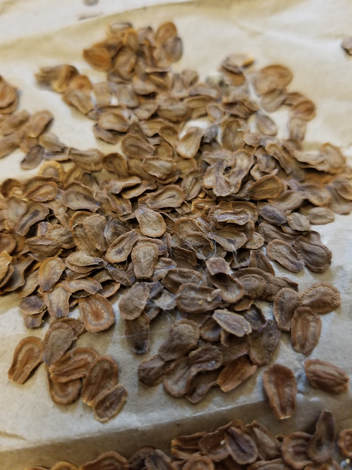
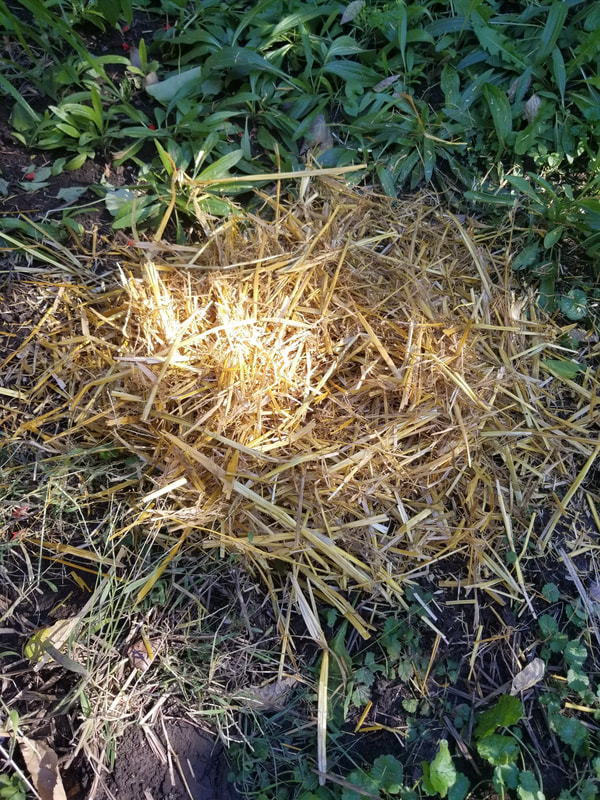
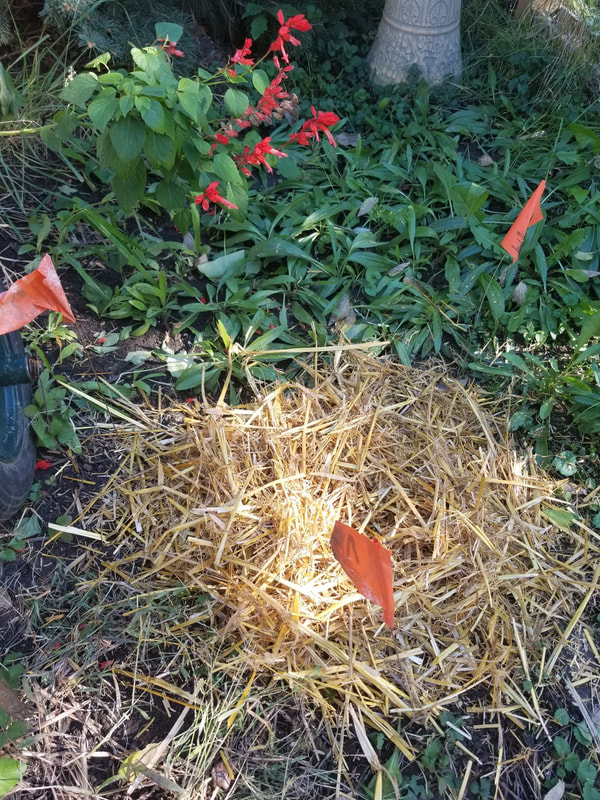
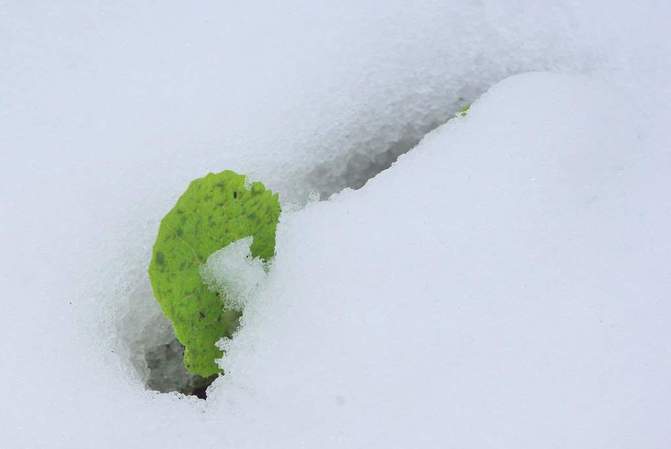
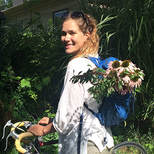
 RSS Feed
RSS Feed